No matter how much you love your garden, some days are just too hot, too busy, or too long to do everything on your to-do list. That’s where a few quick plant hacks come in handy—clever, low-effort tricks that save you serious time without sacrificing the health (or beauty) of your plants.
Whether you’re juggling work, kids, or just want to spend more time enjoying your garden instead of constantly maintaining it, these ideas are for you. From watering shortcuts and smart placement tips to repurposing everyday items you already own, these are the small tweaks that make a big impact.
Here are 18 plant hacks every gardener—from beginner to pro—should have up their sleeve. Because sometimes, the smartest garden is the one that works hard so you don’t have to.
Use Coffee Grounds
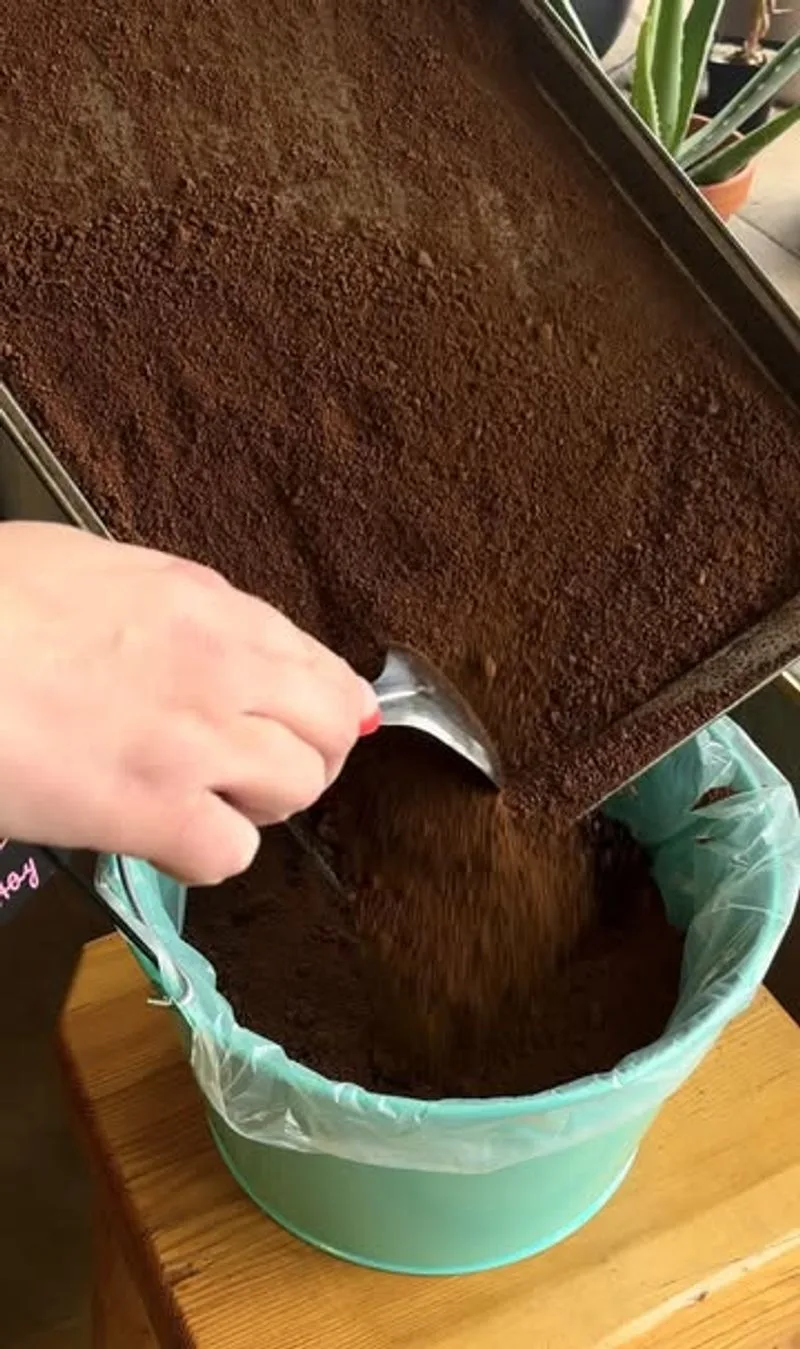
Coffee grounds aren’t just for your morning brew—they’re a secret weapon for the garden. Rich in nitrogen, they can give your plants a much-needed boost. Sprinkle used grounds around your garden beds. They help improve soil structure and act as a natural pest deterrent. Ants and slugs, for instance, find it hard to traverse these grounds. Plus, they attract earthworms, which improve soil health. Curious fact: Starbucks even offers free coffee grounds to gardeners!
Eggshell Fertilizer Magic

Don’t toss those eggshells! They’re a goldmine of calcium, crucial for plant cell growth. Rinse and crush them into tiny bits. Scatter these bits into your planting holes or mix them into potting soil. Over time, they decompose, enriching the soil with calcium. Tomatoes, peppers, and other calcium-loving plants will thank you. It’s like giving them a vitamin shot. Remember to wash the shells to avoid any unpleasant odors.
Compost Bin Shortcut
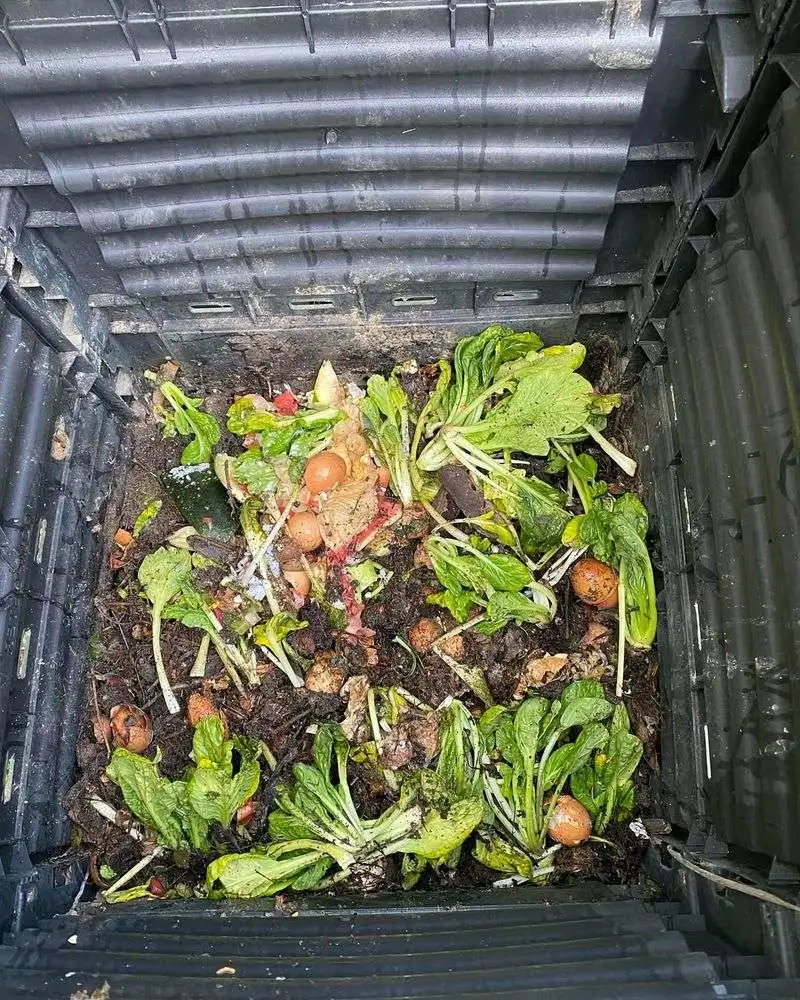
Fast-track your composting by creating a simple bin. Grab an unused trash can and drill some holes for aeration. Layer organic waste with soil, and let nature take its course. This mini-compost bin speeds up decomposition, providing nutrient-rich compost. Plus, it minimizes kitchen waste. Keep it moist, but not too wet, and turn it regularly. You’ll have black gold ready in no time for your plants.
Upside-Down Tomato Planter

Upside-down tomato planters save space and prevent soil-borne diseases. Simply hang a container, plant the tomato seedling through the bottom, and let gravity do its work. This method reduces the need for staking. Water from above, and watch your tomatoes thrive. This is particularly useful for small spaces or balconies. Besides, it adds a quirky aesthetic to your garden.
Banana Peel Boost
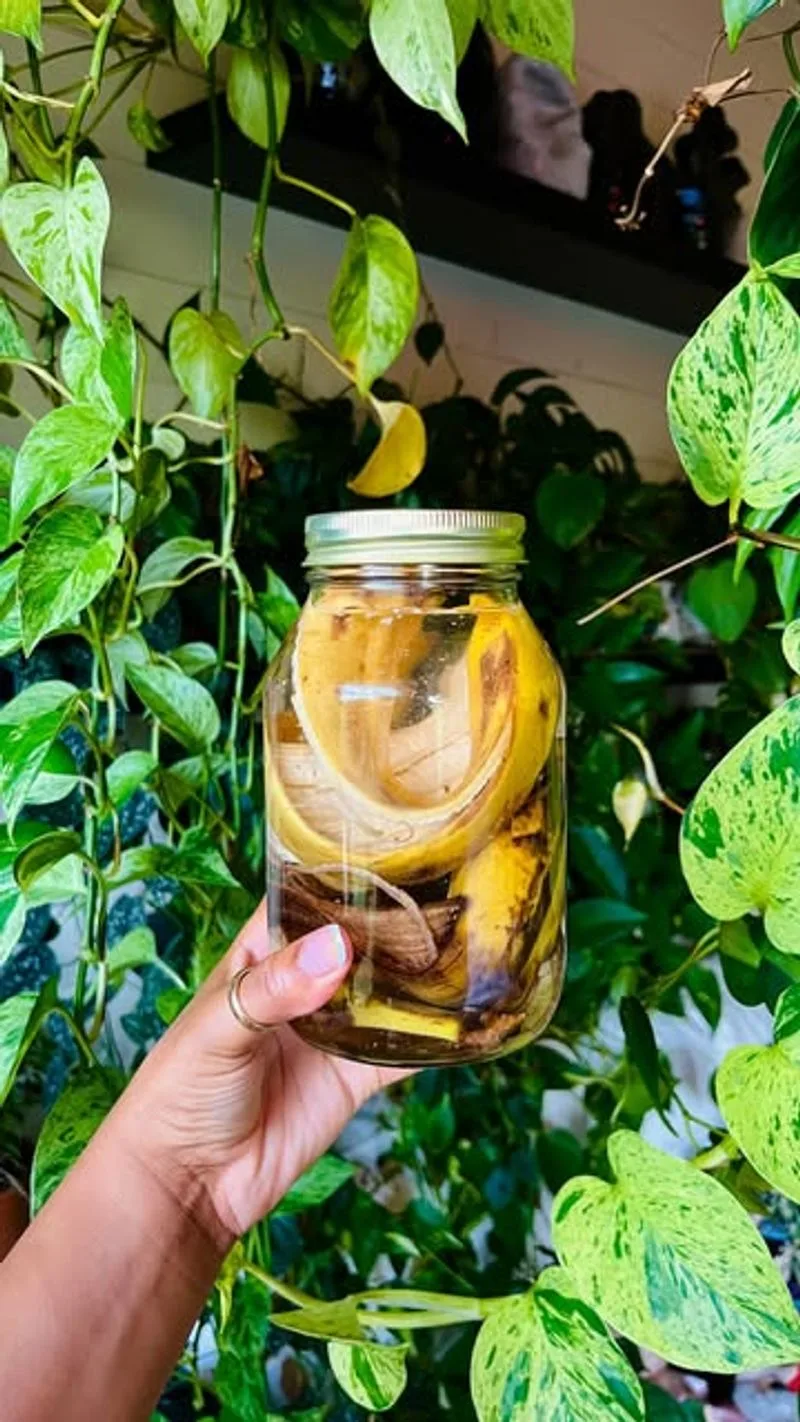
Instead of discarding banana peels, use them to enrich your garden soil. Buried directly in the soil, they decompose, releasing potassium, a vital nutrient for blooming plants. Roses, in particular, benefit from this natural fertilizer. It’s cost-effective and eco-friendly. Just ensure the peels are covered well to prevent pests. Your garden’s blossoms will shine brighter than ever.
DIY Plant Watering Globe
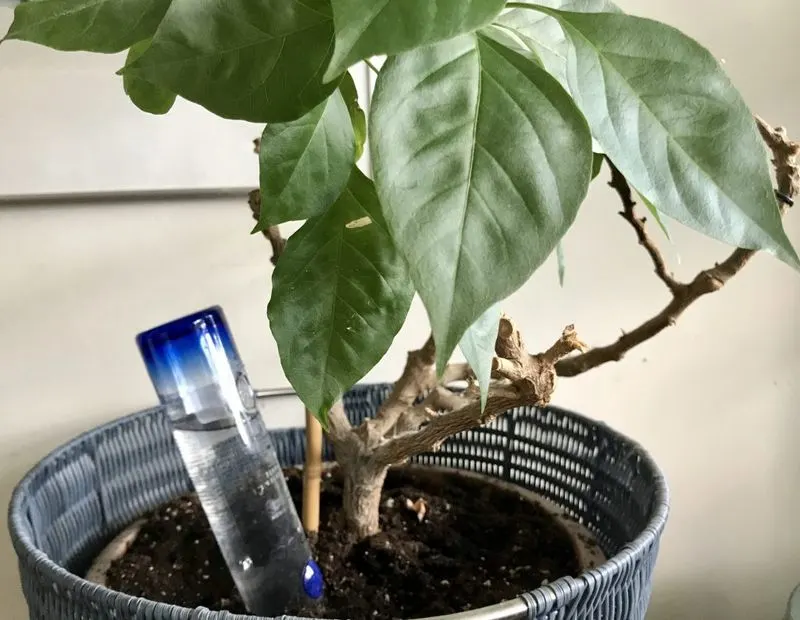
Transform a simple glass bottle into a self-watering globe for your plants. Fill it with water, invert it into the soil, and it will slowly release moisture as needed. This hack is perfect for those long weekends away when you worry about your plants drying out. Adjust the bottle size based on plant needs. Not only does it conserve water, but it also ensures consistent hydration.
Cinnamon as Ant Repellent
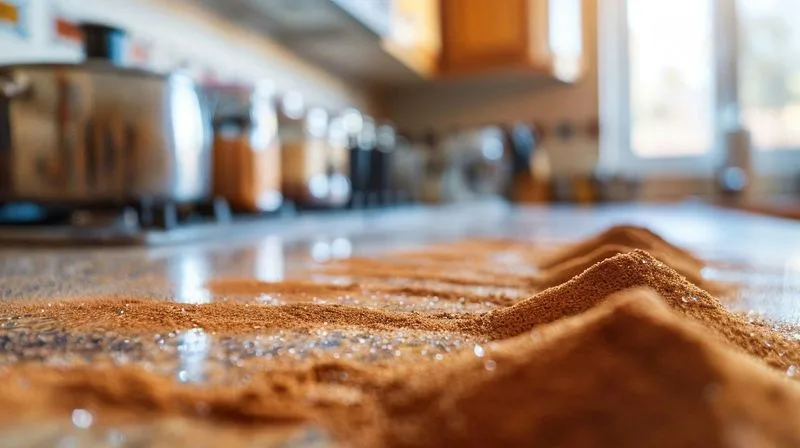
Who knew cinnamon could do more than flavor your desserts? It’s a powerful ant deterrent. Sprinkle ground cinnamon around the garden, and watch as ants retreat. The scent confuses and repels them without harming your plants. Plus, it’s a natural fungicide, preventing diseases like damping-off in seedlings. Always reapply after rain for continuous protection. It’s a fragrant solution to a common problem.
Milk Spray for Powdery Mildew
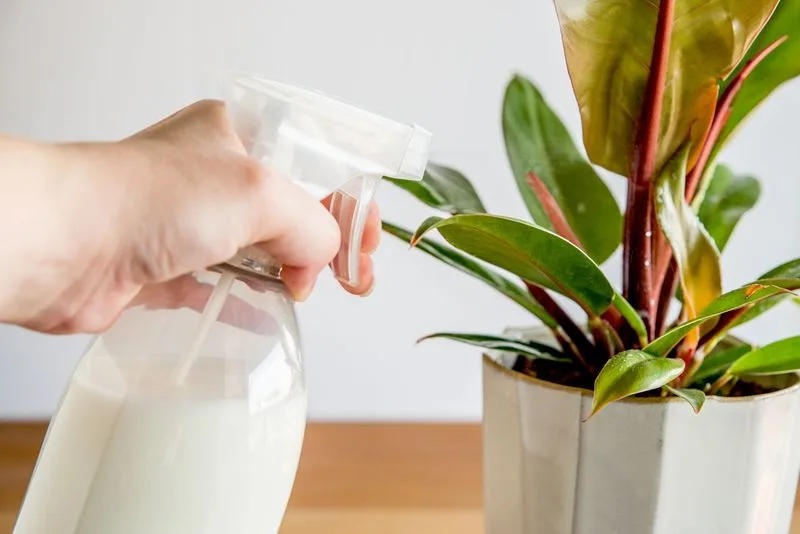
Powdery mildew can be a gardener’s nightmare. Combat it with milk! Mix one part milk with two parts water and spray it on affected plants. The milk acts as a natural fungicide, curbing the spread of mildew. Reapply every 10 days for best results. It’s an affordable and eco-friendly alternative to chemical fungicides. Ensure your plants receive adequate sunlight and air circulation to prevent mildew.
Mulch with Newspaper
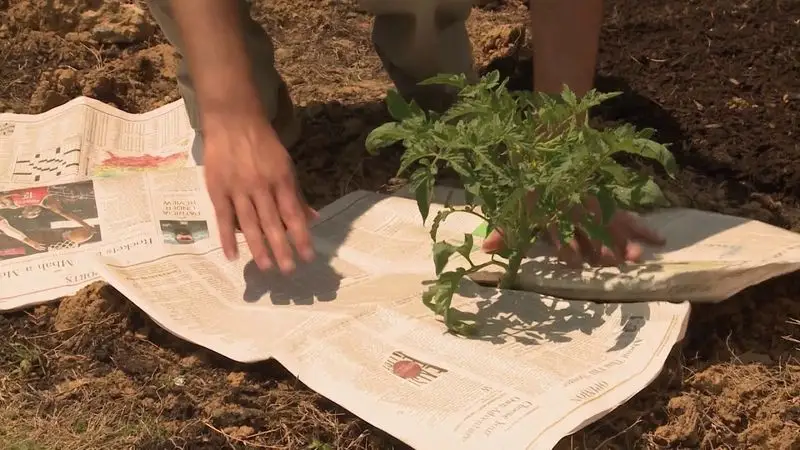
Newspaper sheets make an excellent mulch. Lay them down around plants, cover with a layer of organic mulch, and they’ll suppress weeds effectively. As they decompose, they enrich the soil with carbon. This layering technique conserves moisture and reduces the frequency of watering. Opt for non-colored newspapers to avoid toxins. It’s a sustainable way to recycle and benefit your plants.
Vinegar Herbicide
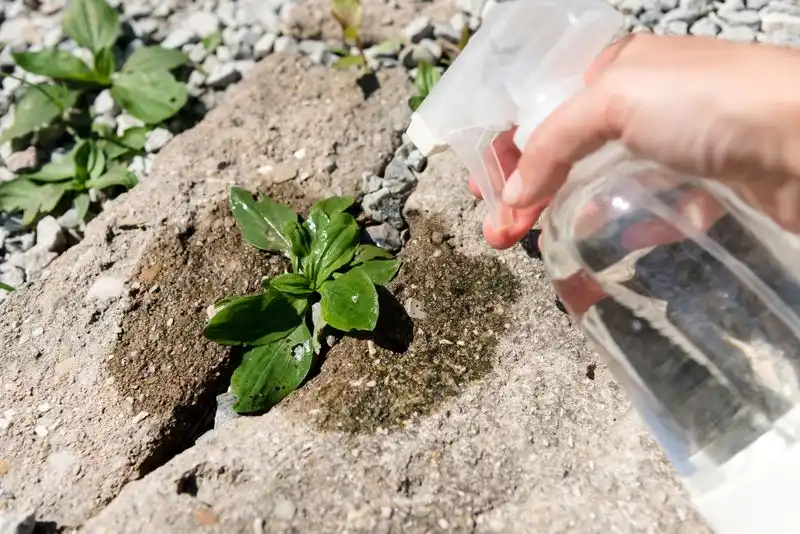
Vinegar isn’t just for the kitchen—it’s an effective weed killer. Fill a spray bottle with white vinegar and target weeds directly. The acetic acid in vinegar dries them out, making it a simple, non-toxic herbicide. It works best on sunny days when the heat accelerates the process. Be cautious when spraying near desired plants as vinegar is non-selective and can harm them too.
Use Baking Soda for Sweeter Tomatoes

Baking soda can enhance the flavor of your tomatoes. Sprinkle a small amount around your tomato plants to reduce soil acidity, leading to sweeter fruits. This is because tomatoes thrive in slightly alkaline soil. Apply sparingly to avoid altering pH levels too much. This hack is a simple way to boost the taste profile of your home-grown produce. Enjoy tastier tomatoes with minimal effort.
Repurpose Old Sponges
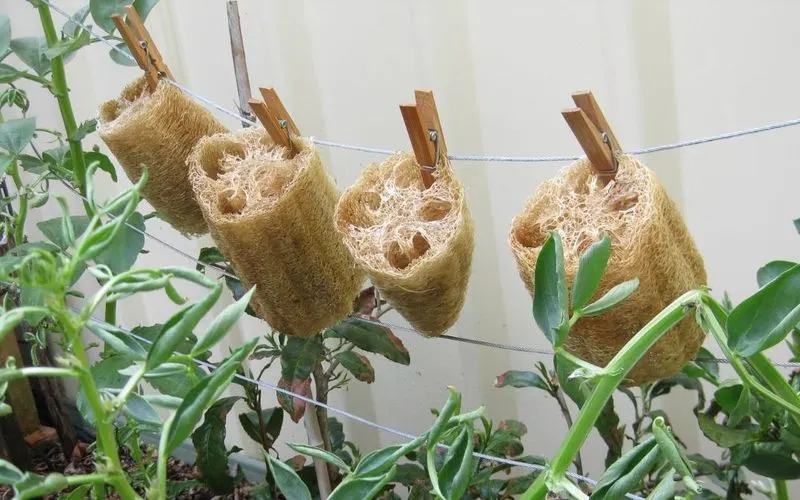
Before you toss out those old kitchen sponges, consider their second life in gardening. Place them at the bottom of potted plants. They improve soil drainage and help retain moisture, reducing watering frequency. This is especially useful for indoor plants. Plus, they prevent soil from escaping through drainage holes when you water. It’s a clever way to recycle and enhance plant health.
Epsom Salt Secret

Epsom salt is a gardener’s secret for vibrant plants. Rich in magnesium and sulfate, it aids in seed germination and nutrient absorption. Sprinkle it around your plants or dissolve in water for a foliar spray. Peppers and roses are particularly responsive to this treatment. Regular use can lead to greener leaves and more blooms. It’s a natural way to enhance garden vitality without harsh chemicals.
Aquarium Water Magic
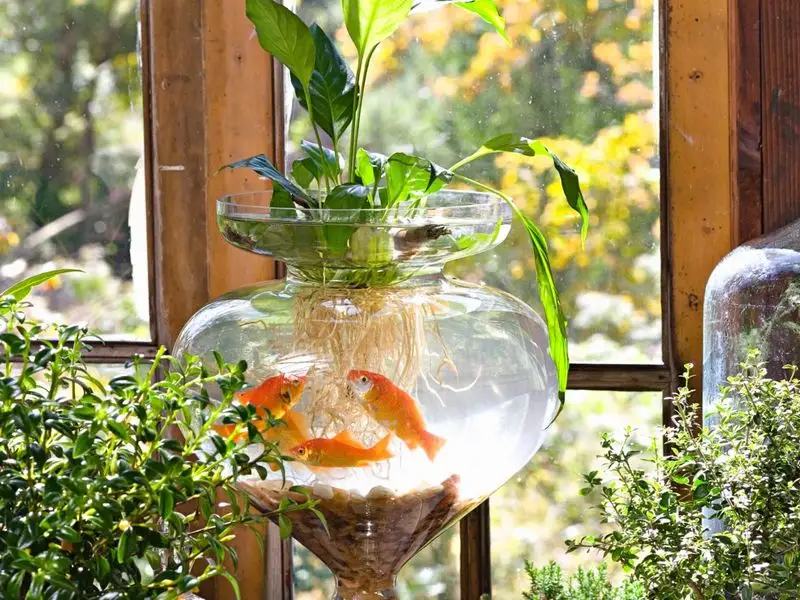
Aquarium water is filled with beneficial nutrients, thanks to fish waste. Instead of discarding it, use it to water your plants. The nitrogen and other nutrients can boost plant growth significantly. It’s an organic fertilizer that your plants will love. Just make sure the water is from a freshwater tank, as saltwater can harm plants. This eco-friendly method recycles waste while nourishing your garden.
Protect with Egg Cartons
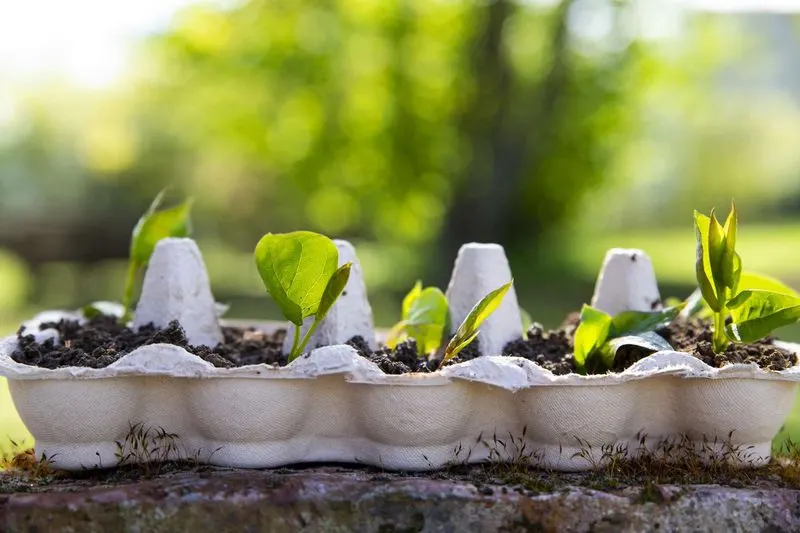
Egg cartons aren’t just for holding eggs. They make excellent seedling protectors. Cut them into sections and place over young plants. They provide a shield from direct sunlight and pests. As seedlings grow, these biodegradable covers decompose, enriching the soil. It’s a smart way to recycle household items while nurturing your garden. Plus, they help retain moisture around your seedlings.
Water with Cooking Water

Next time you boil pasta or vegetables, don’t dump the water down the drain. Once cooled, it’s perfect for watering your plants. Rich in nutrients leached from the food, it acts as a mild fertilizer. Just let it cool to room temperature first. This practice saves water and feeds your plants simultaneously. It’s a cost-effective way to boost garden vitality using kitchen byproducts.
Grow Cuttings with Honey
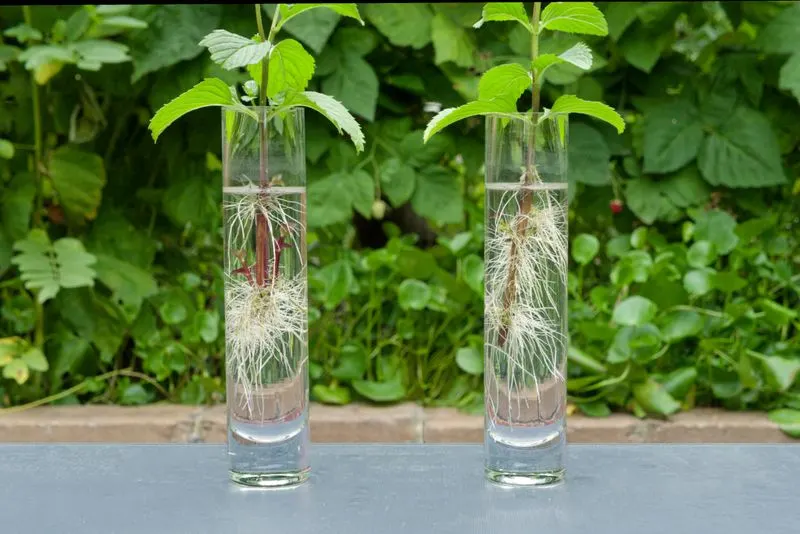
Honey isn’t just sweet; it’s a natural rooting hormone. Dip the ends of plant cuttings in honey before planting. The antibacterial properties help protect cuttings from disease while promoting root growth. This organic method is particularly effective for propagating houseplants and herbs. With honey, you encourage strong, healthy roots from the start. It’s a sweet step towards successful plant propagation.
Protect Plants with Soap
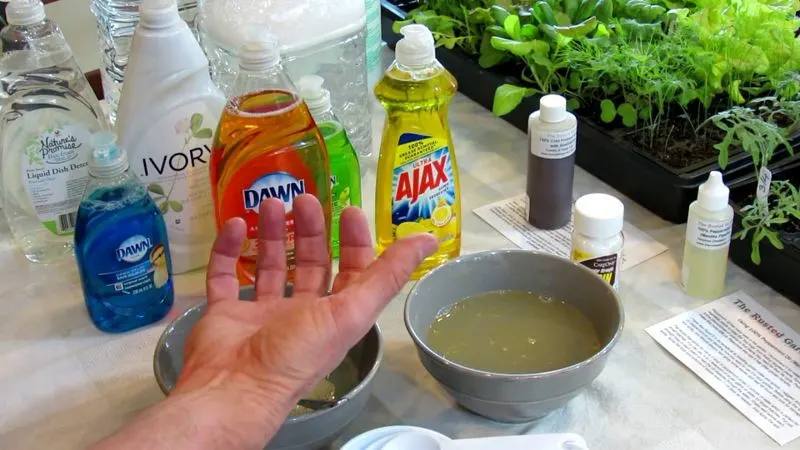
A simple bar of soap can be a powerful pest deterrent. Hang a bar near plants to ward off deer and rabbits. The scent confuses these animals, keeping them away without harming your garden. Alternatively, mix soap shavings with water to spray on plants as an insect repellent. It’s an inexpensive, non-toxic solution to many garden pests. Plus, it leaves your garden smelling fresh.

